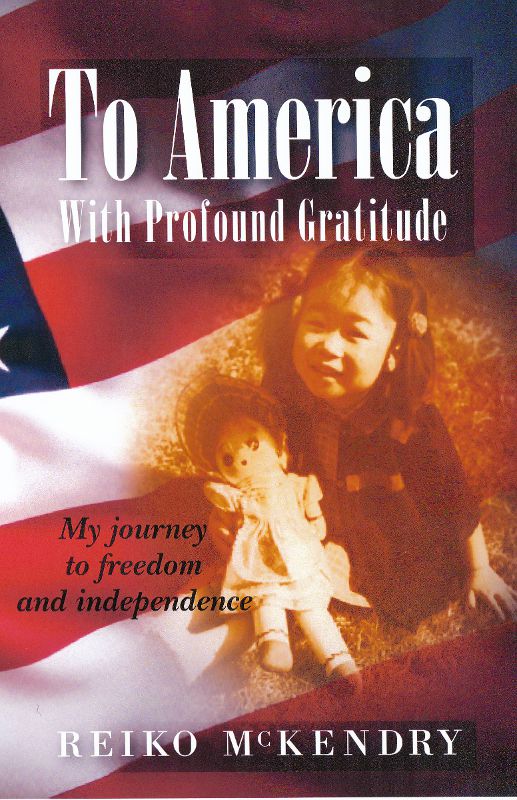On Saturday, January 17, 2015, David and I went to see two movies at the new MJR Theater in Troy, MI. This theater is located at the south-east corner of Maple and Livernois, where the old Kmart building used to stand. If there was a camera that captured the passage of time, I think it would have been fascinating – to observe the area since before when Kmart was built, how its business ramped up, thrived, plateaued, declined, then the building was vacated, demolished and, finally, the theater having been erected in its place.
As of this writing, this theater is relatively new. It is clean and has very comfortable seats – which is important when you are having to sit through a movie for more than an hour; or two movies in a row for several hours straight, as we did.
In this day and age of TiVo, it is rare for us to actually choose to go to a movie theater unless, of course, we just HAVE to see it as soon as possible. Such was the case for the following two movies for us: (1) “Unbroken” and (2) “American Sniper.”
In this month’s post, I will focus on “Unbroken;” next month, on “American Sniper,” and why I wanted to watch the two on the same day.
In November 2013, I posted a review of Laura Hillenbrand’s book, “Unbroken.” The reason I had to see the movie version as soon as I could was because of my curiosity to find out how closely the movie stayed true to the original book.
On a scale of 1 to 10, I would give the original book a 10+; and this movie, a 7. The reason I am not rating it higher for the movie is because, in my humble opinion, it cut off the most important segment of the book where it explains how Mr. Louis Zamperini was able to pull himself out of the darkness – after suffering from what we know today to have been Post Traumatic Stress Disorder, as a result of having gone through the unrelenting tortures as a prisoner of war in Japan. More on this later.
I have often wondered how the Allied Forces were able to treat the Japanese with such dignity and respect after Japan had lost the war. Instead of allowing hatred to fester, America focused on helping rebuild the war-torn country. Who does that? Why?
I believe America did so, in large part, based on the belief that strong local economies lead to world peace. But where did the conviction for peaceful co-existence among nations come from in the first place? Here is my theory.
America, at least at that time, remained true to how the country was founded, which was based on Christianity. Love and forgiveness. These basic concepts, I believe, are at the heart of how America deals with its former enemies.
Here is what I have come to admire so much about America: “One nation under God” based on Christian faith, yet it allows religious freedom for all. America is clearly built on the teachings of the Bible, yet it separates church and state – for a very good reason based on the dangers of combining the two as seen throughout human history.
For decades since the end of World War II, there is no denying the enormous influence that Rev. Billy Graham had on the direction this country has taken. He was able to do so because of his ability to influence every single President since Harry Truman. That’s 12 Presidents so far!
We live in an interesting world where people expect others, especially those who are well known, to be “perfect.” The critics seem to forget that human beings are not God. Therefore, none of us is perfect, including Rev. Billy Graham. Why am I bringing up this topic?
- Recently, it was brought to my attention that Rev. Billy Graham had made an Anti-Semitic remark during his private conversation with President Richard Nixon in 1972 which, of course, was being taped. He has since apologized for his remarks.
- There is also a controversy about the Billy Graham Evangelistic Association’s recent removal of the language on its website calling Mormonism a “cult” – after Rev. Billy Graham met with Gov. Mitt Romney when he was running for President. Because I have been exposed to various denominations of Christianity while I was in Japan, I remain neutral on this topic.
I, for one, am deeply grateful to Rev. Billy Graham who promoted the concept of love and forgiveness to millions of people around the world. I have a hunch that he was a major force behind the treatment of the Japanese after the war. He also happens to be the one to whom Mr. Zamperini gives credit for his recovery from alcoholism and PTSD. Given this magnitude of positive influence Rev. Billy Graham had on the lives of millions of people, including Mr. Zamperini, it was disappointing that this turning point in Mr. Zamperini’s life was completely omitted from the movie version of “Unbroken.”

